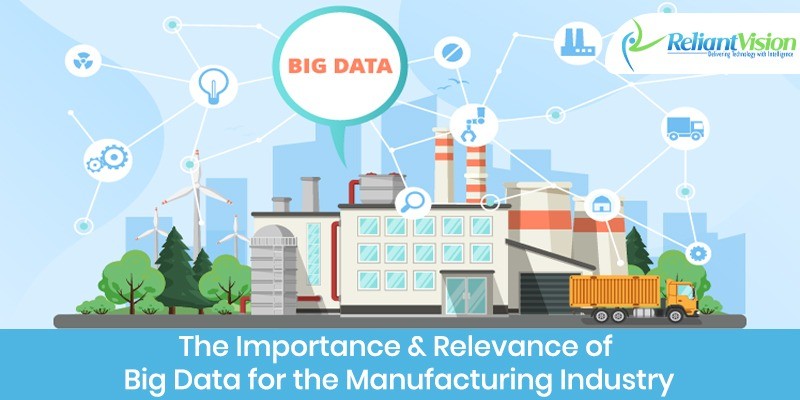As lean assembling strategies become all the more generally embraced as we progress further into the computerized period, there are more freedoms than any other time in recent memory to transform routine creation runs into information that has an effect.
This is to a great extent in light of the development of enormous information a catchall term for a set-up of capacity, association, and investigation strategies produced for huge informational indexes.
In this post, we’ll acquaint you with some key large information ideas, just as its pertinence and significance for the assembling business.
Big Data in Manufacturing Defined
Enormous Data is characterized as particularly huge informational indexes, possibly numbering into the billions of lines and boundaries. In assembling, large information can incorporate information gathered at each phase of creation, including information from machines, gadgets, and administrators.
This information can be either organized or unstructured.
The sheer volume and intricacy of enormous informational indexes, just as the quantity of explicit instruments, procedures, and best practices for working with them, have prompted the development of the field of information science and large information examination in and around assembling.
Big Data Concepts
While it’s feasible to see how the development of large information will reform producing information examination without seeing how it functions “underneath the hood,” as it were, knowledge of a couple of key ideas can go far.
For one, it’s critical to comprehend that huge information investigation isn’t simply an issue of programming.
There’s a huge measure of equipment and framework important to help AI, AI, and profound learning calculations.
By and large, producing information is put away in information lakes through the cloud and prepared on GPU bunches instead of with customary CPU processors. The entirety of this is a jargony method of saying the amount of information produced by the cutting edge production line requires refreshed capacity and handling devices to help it.
As far as information investigation, there are not many essential ways results and cycles behind even the most refined procedures.
Isolating Correlation from Causality with Certainty
Particularly in assembling, understanding underlying drivers is significant to consistent improvement.
It ought to be nothing unexpected then that devices intended to decide if two factors are related or construe which factors are causal are so significant. While standard strategies like straight relapse have been utilized to extraordinary impact for quite a long time, AI calculations make it conceivable to discover connection and covariance in bigger, noisier informational indexes.
Secluding Outliers and Inliers
When working with a huge informational index, it’s basic to comprehend which information focuses can be gathered into a pattern, and which are anomalies.
This is significant in light of the fact that better information implies cleaner results, but since exception location is significant for programs like prescient support, which depend on recognizing inconsistencies and relating them with machine disappointment or part debasement.
With enough information, neural organizations and AI investigation (arbitrary backwoods, seclusion timberland) can help identify, characterize, and measure the meaning of information focuses.
Making Novel Classifications
Quite possibly the most energizing results of AI is the creation of novel arrangement constructions and orders of an association that could without much of a stretch escape human endeavors. Generally alluded to as “unaided learning” or “bunch examination,” these calculations parse and arrange the data in an informational collection by identifying designs innate in the information. For assembling, an application for order calculations could be to discover novel data about machine proficiency in information gathered as a component of a machine observing project.
At last, these procedures separate themselves in their capacity to “train” on a given informational collection to deliver more solid yields with each new contribution; on the size of informational collection they can oblige; and in the dependability of their grouping, expectation, and determining abilities.
The developments here are only a fast study. There are incalculable different applications and use-cases for huge information in assembling.
A certain something, in any case, joins every one of them. You need information to acknowledge them. The sooner you begin gathering information about your assembling tasks frameworks, the sooner you’ll have the option to apply the most recent advancements in information science.



























